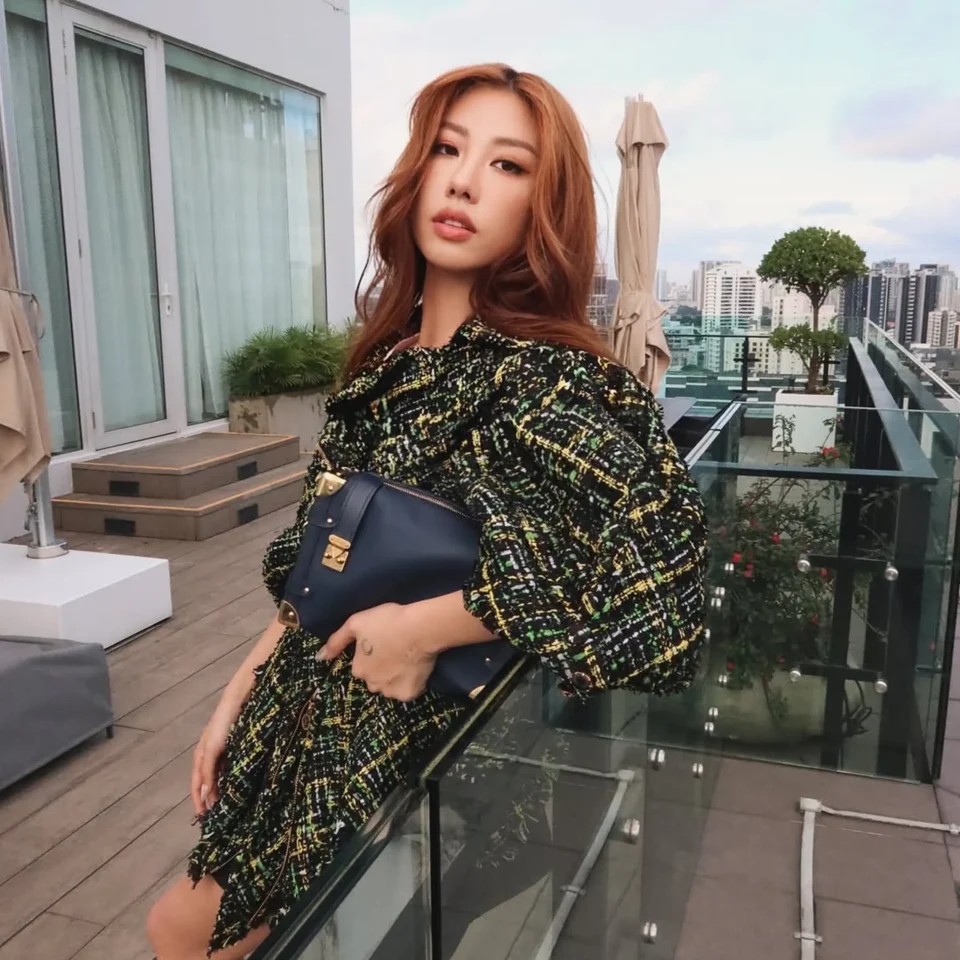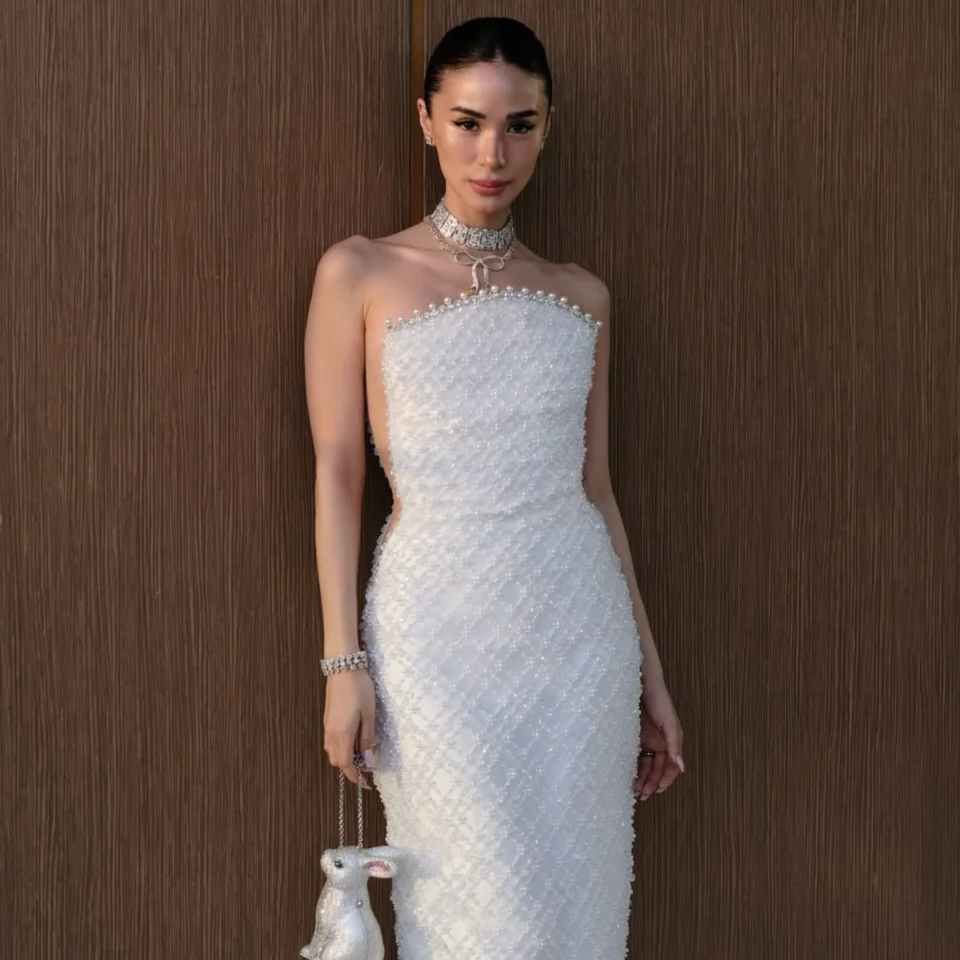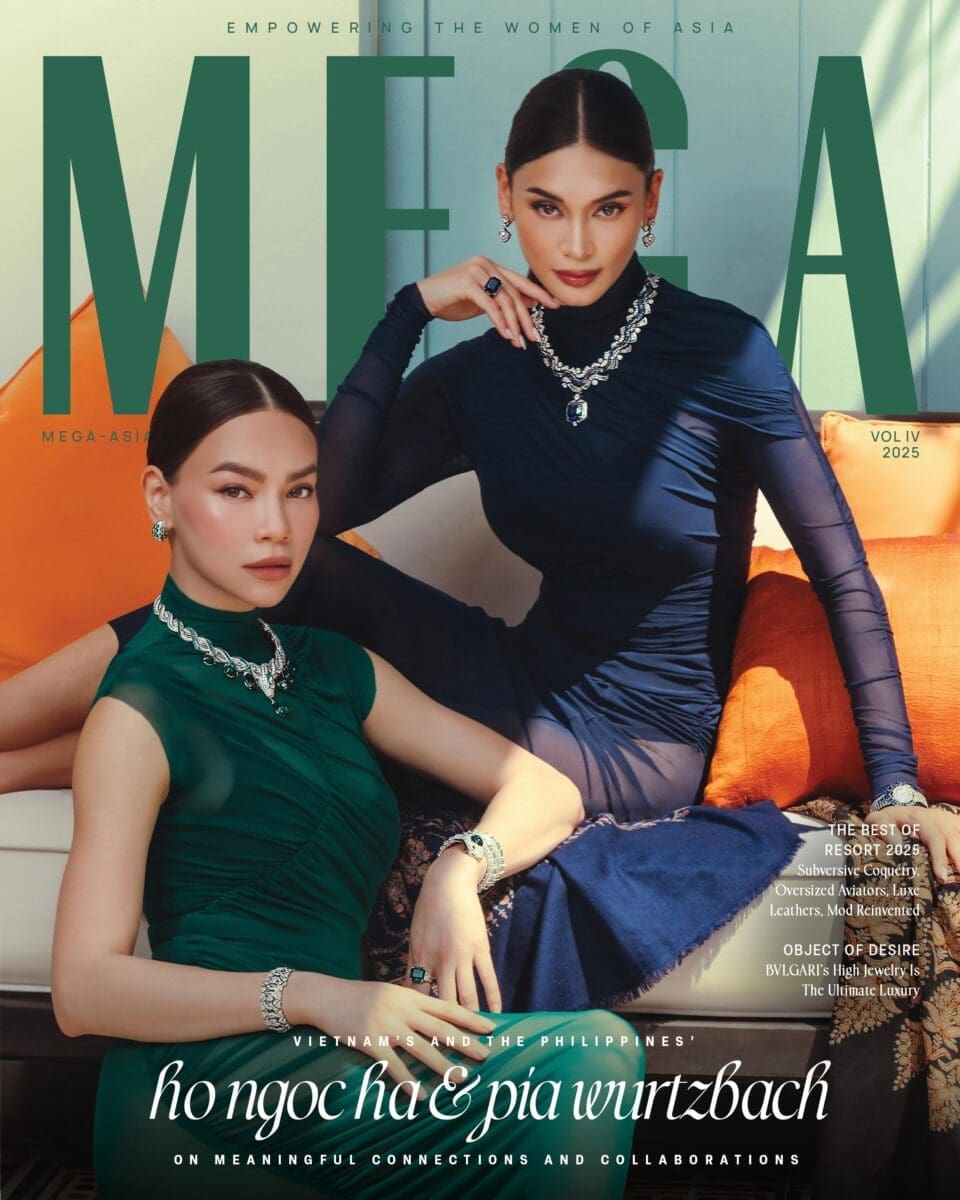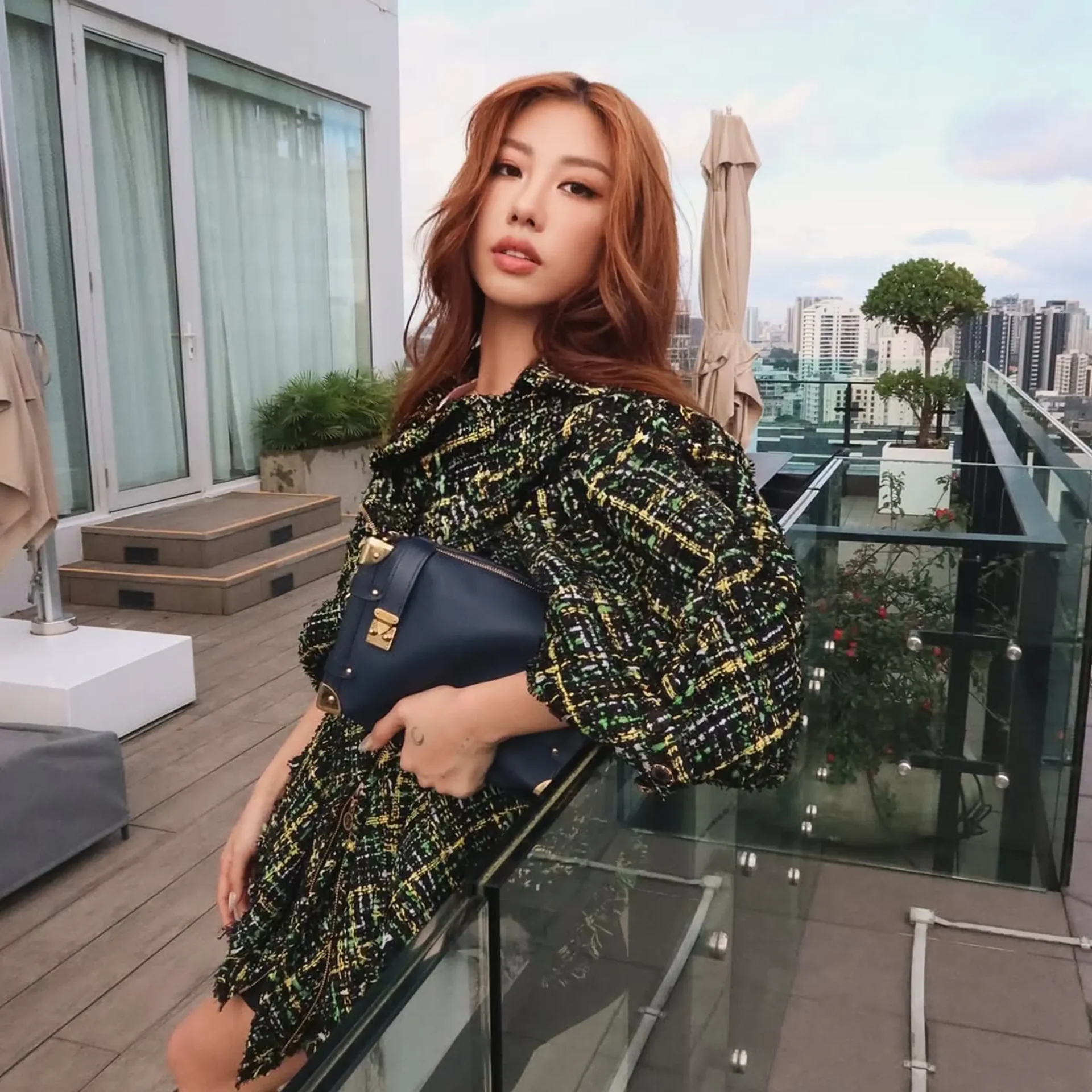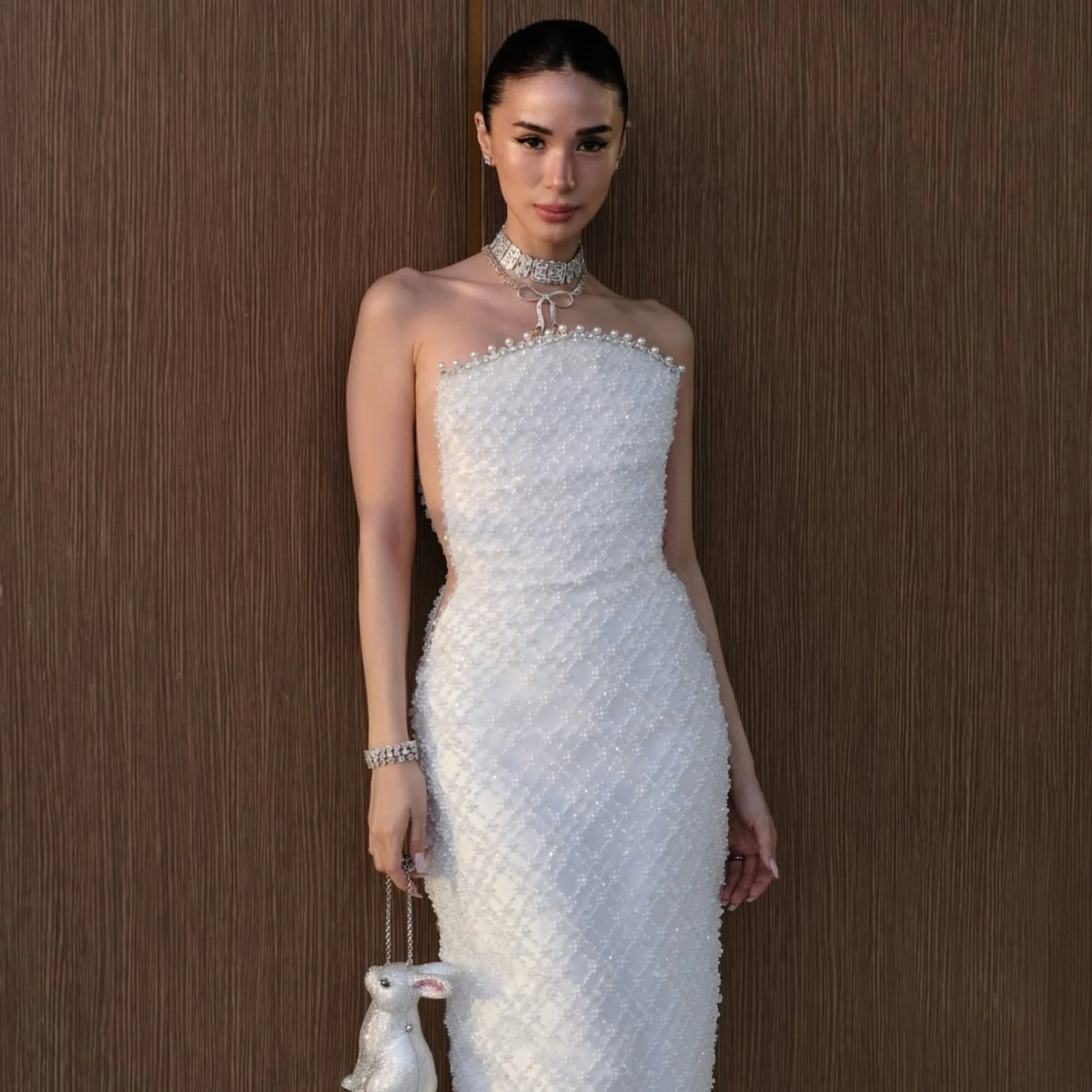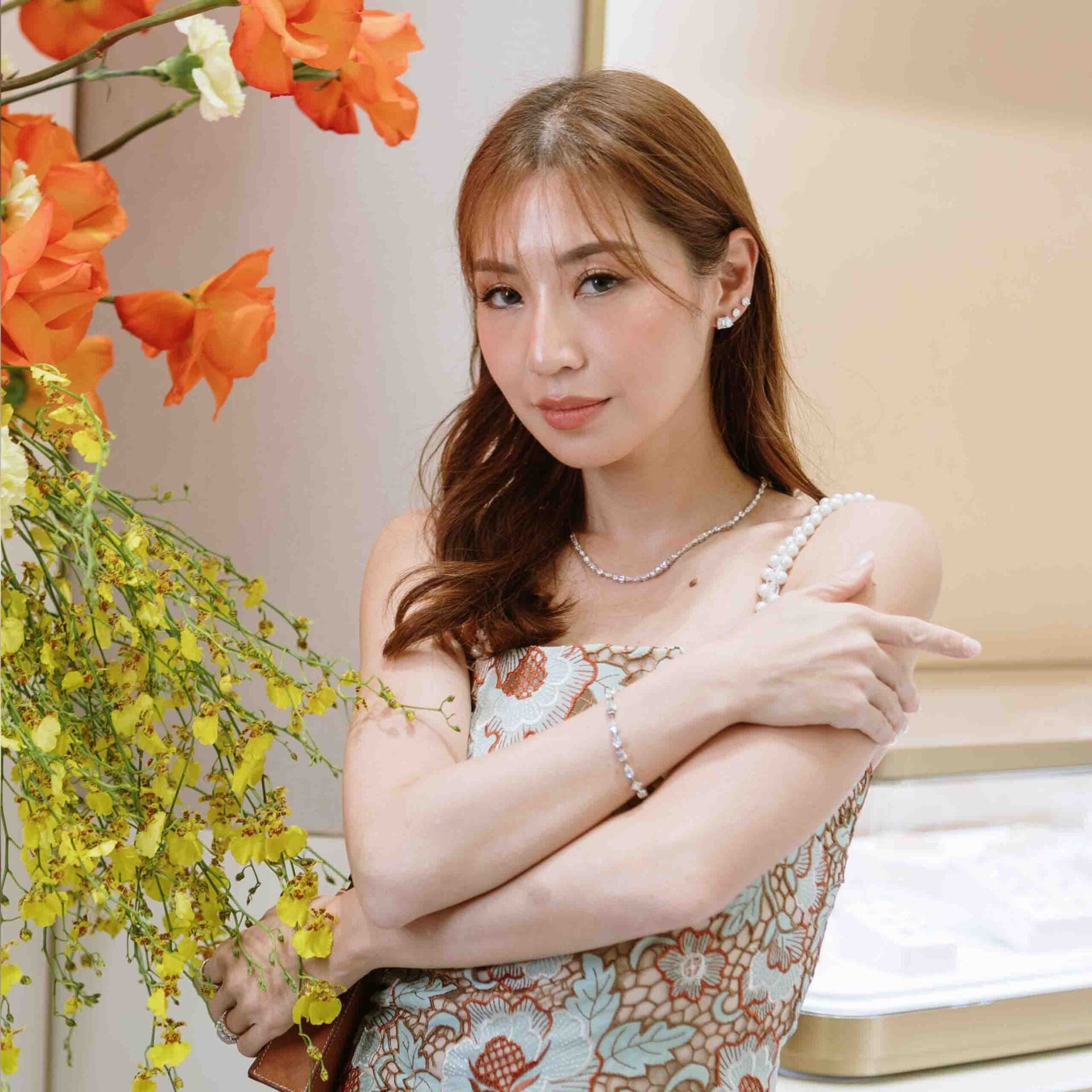This season showcased how designers used fashion as a means of personal expression, political defiance, and an exploration of modern angst
Berlin has always been Europe’s most rebellious child—forever sulking in a cigarette haze, clad in something black and intentionally disheveled. It doesn’t chase trends, but cultivates movements. This season at Berlin Fashion Week F/W25, the city’s designers rejected the polished nostalgia of quiet luxury and Y2K resurrections, instead crafting an identity that felt personal, urgent, and loaded with meaning. The event featured a breed of goth that wasn’t just an aesthetic but an attitude—one that reveled in transgression, embraced imperfection, and wore its emotions on its (billowing, exaggerated, and stiffly structured) sleeve.
RELATED: Avel Bacudio Proves That Filipino Fabrics Can Be Worn Anywhere in the World


Goth Is Not a Costume, It’s a Condition
Before anyone reduces goth to smudged eyeliner and Victorian lace, goth is not about theatrics. At its core, it’s a philosophy—one of rejection, introspection, and an unshakable commitment to individuality.

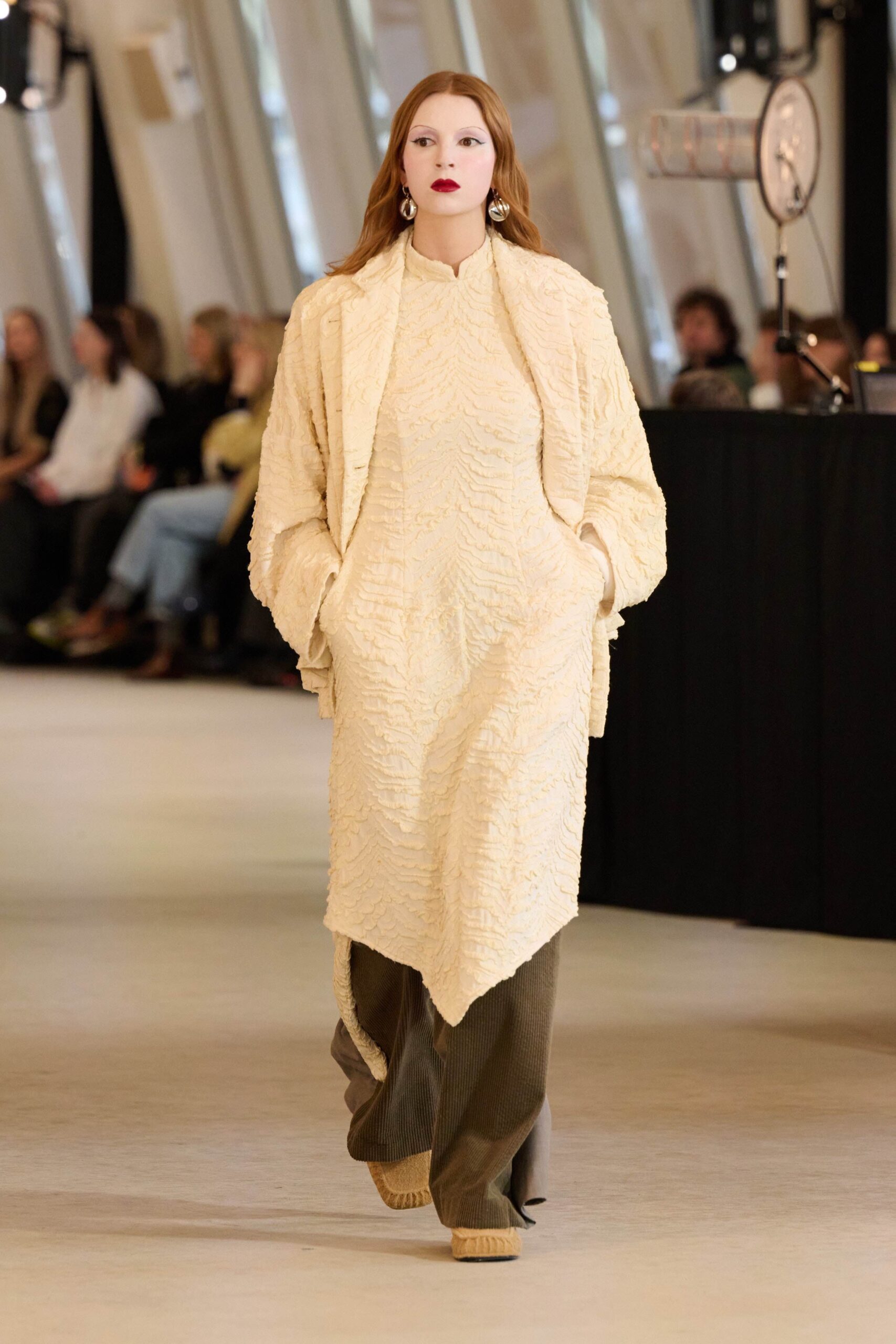
Emerging from post-punk’s ashes, goth has always been the uniform of those who refuse to assimilate, whether that meant adopting Bauhaus’ spectral minimalism, the exaggerated drama of 19th-century mourning dress, or the apocalyptic sensibilities of 2010s Tumblr goths. What Berlin Fashion Week put forth was not a caricature of the subculture but a contemporary reinterpretation of its ethos—one that felt particularly potent in today’s socio-political climate.
The Angsty Teen Phase of the World
If the world had a diary right now, it would be filled with passive-aggressive poetry about late-stage capitalism, the climate crisis, and an ever-growing sense of existential dread. Berlin, as always, is tuned into this angst, reflecting it in fashion that mirrors the world’s current state of disillusionment.
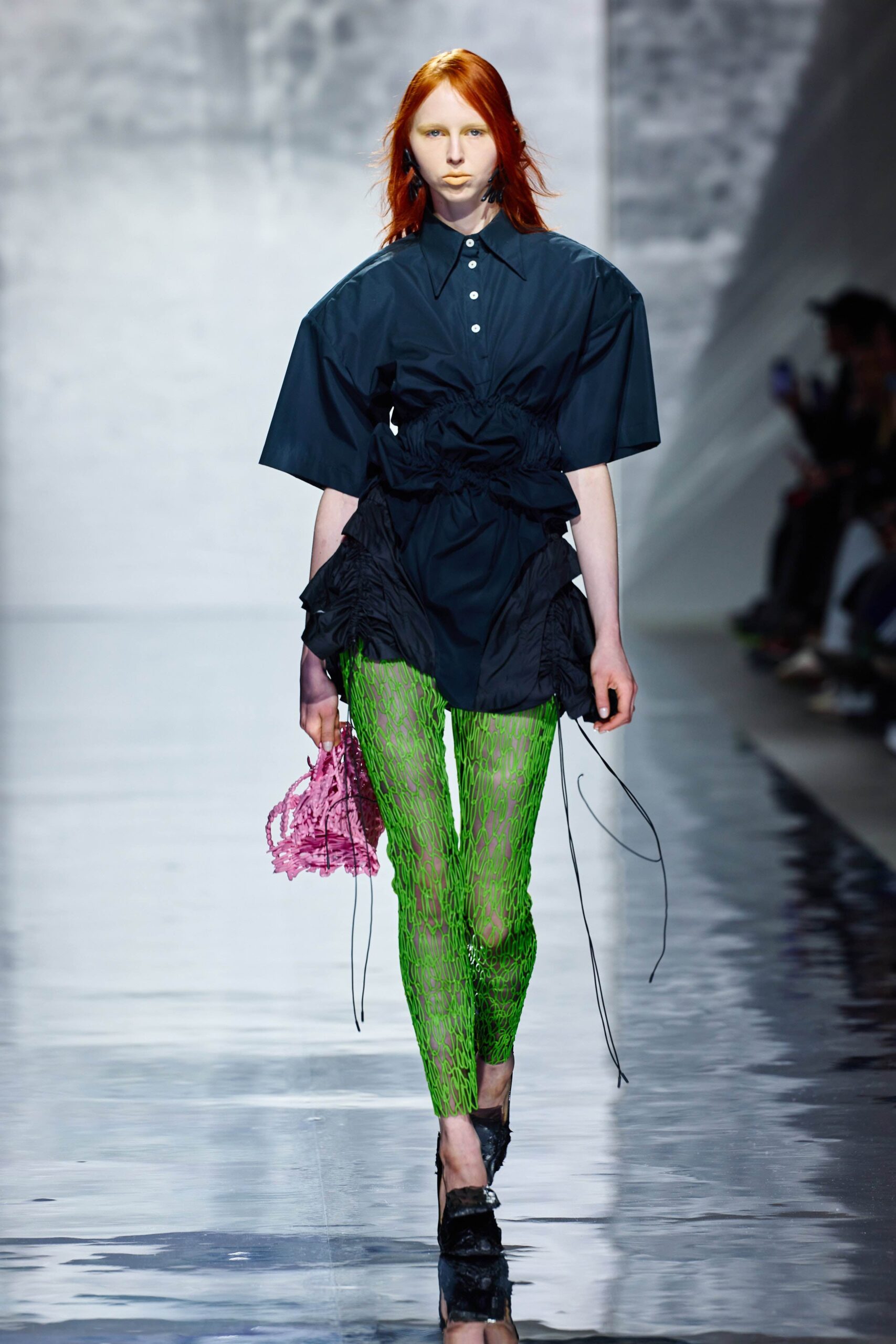

There’s something poetic about the way designers leaned into silhouettes that felt stiff, restrictive, or chaotic—plaid skirts that looked like they belonged to a schoolgirl who just dropped out, artisanal denim pieced together like it had been salvaged from some dystopian wasteland, and deconstructed or shredded proportions that swallowed the body whole, mimicking the overwhelming nature of modern existence.
When the Political Gets Personal
It’s no coincidence that some of Berlin’s most compelling collections this season carried heavy thematic weight. Richert Beil’s MUTTER was a conversation about gender, power, and the role of femininity in a rapidly shifting landscape. There was something almost religious about the way their garments commanded attention, as if questioning the the construct of authority itself.
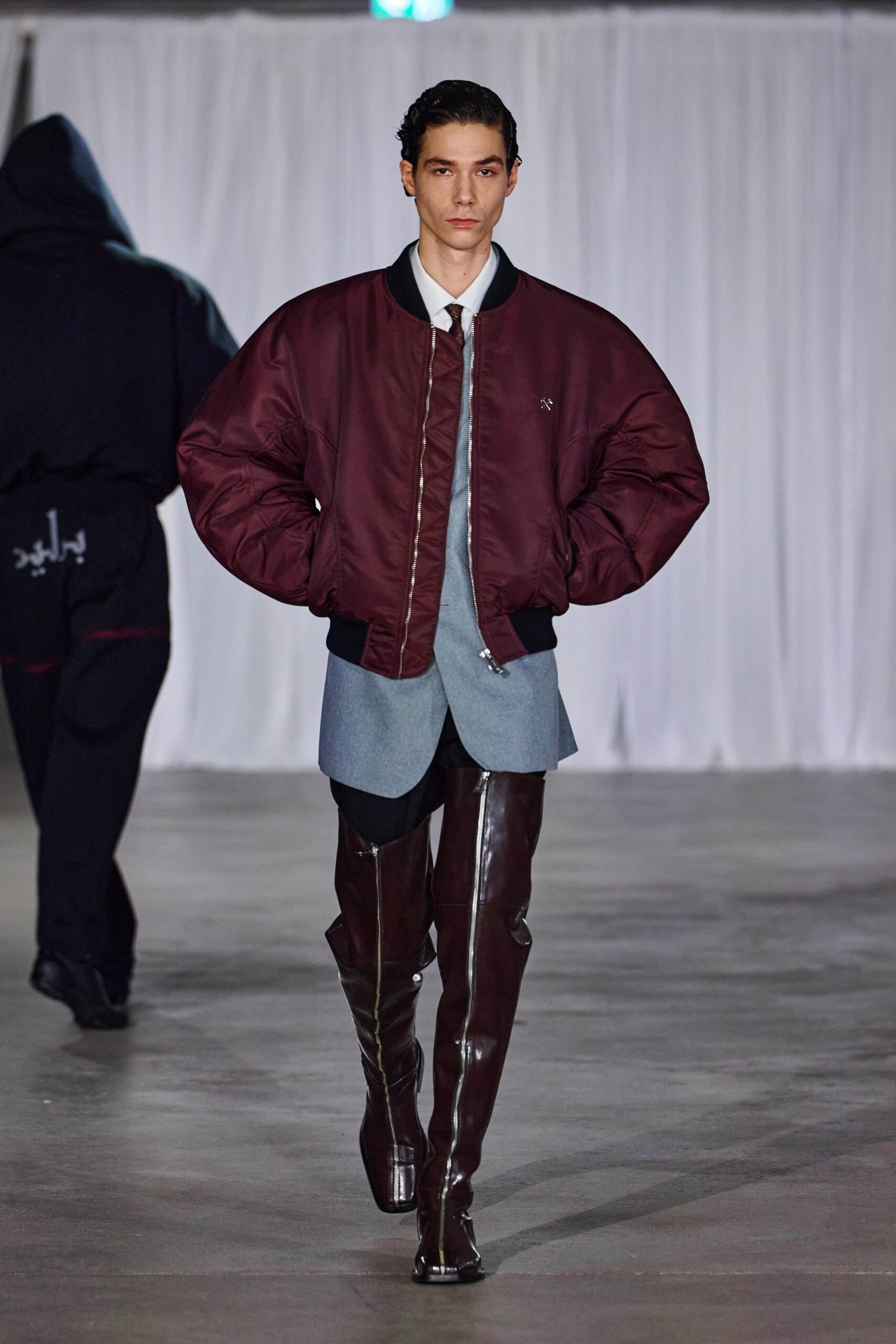

Sia Arnika’s Harbor Bitch captured the essence of a lady who defies society’s norms. Her character, a touch rough around the edges, entirely unconcerned about decorum, and undoubtedly magnetic, was more of a warning than a muse. In a day when women’s autonomy remains a source of contention, the designer showcased a collection that praised revolt was powerful.
Marie Luedar’s work reflected something equally relevant: the shedding of self-imposed armor. Her pieces—structured and relaxed—mirrored the way confidence is often built through contradiction. The designer’s personal journey of stepping out of hiding translated into garments that encouraged movement, expression, and a sense of playful opposition.


William Fan, meanwhile, used his anniversary show Alter Ego to explore how fashion allows for transformation. His work acknowledged the multitudes within us—the versions of ourselves we reveal, the ones we conceal, and the ones we’re still discovering. In a climate obsessed with curated personas, his collection acknowledged the contradictions that make us whole.
Why This Matters More Than Nostalgia
While other fashion capitals continue to cycle through nostalgia—repackaging early-2000s excess or beige-ifying wealth into something palatable—Berlin refuses to romanticize the past. Instead, it offers a vision of dressing that feels like a response to now. The goth sensibility that permeated this season wasn’t about mourning, however. It was about clothing as armor, as rebellion, as a means of expressing frustration and resilience in equal measure.
The stiff structures, exaggerated shapes, mini skirts, colored tights, and raw denim weren’t just stylistic choices; they were signifiers of a mood. A refusal to blend in. A declaration that, in an era where everything feels on the verge of collapse, one can still carve out an identity that is both personal and political.


In an age where trends flicker and fade with the lifespan of a viral post, Berlin Fashion Week F/W25 showed that fashion is at its most potent when it carries weight. And if that weight is woven into plaid, sculpted from artisanal denim, and enveloped in an air of melancholic defiance, then consider it not a fleeting statement, but a lasting manifesto.
Photos: BERLIN FASHION WEEK (via website)



